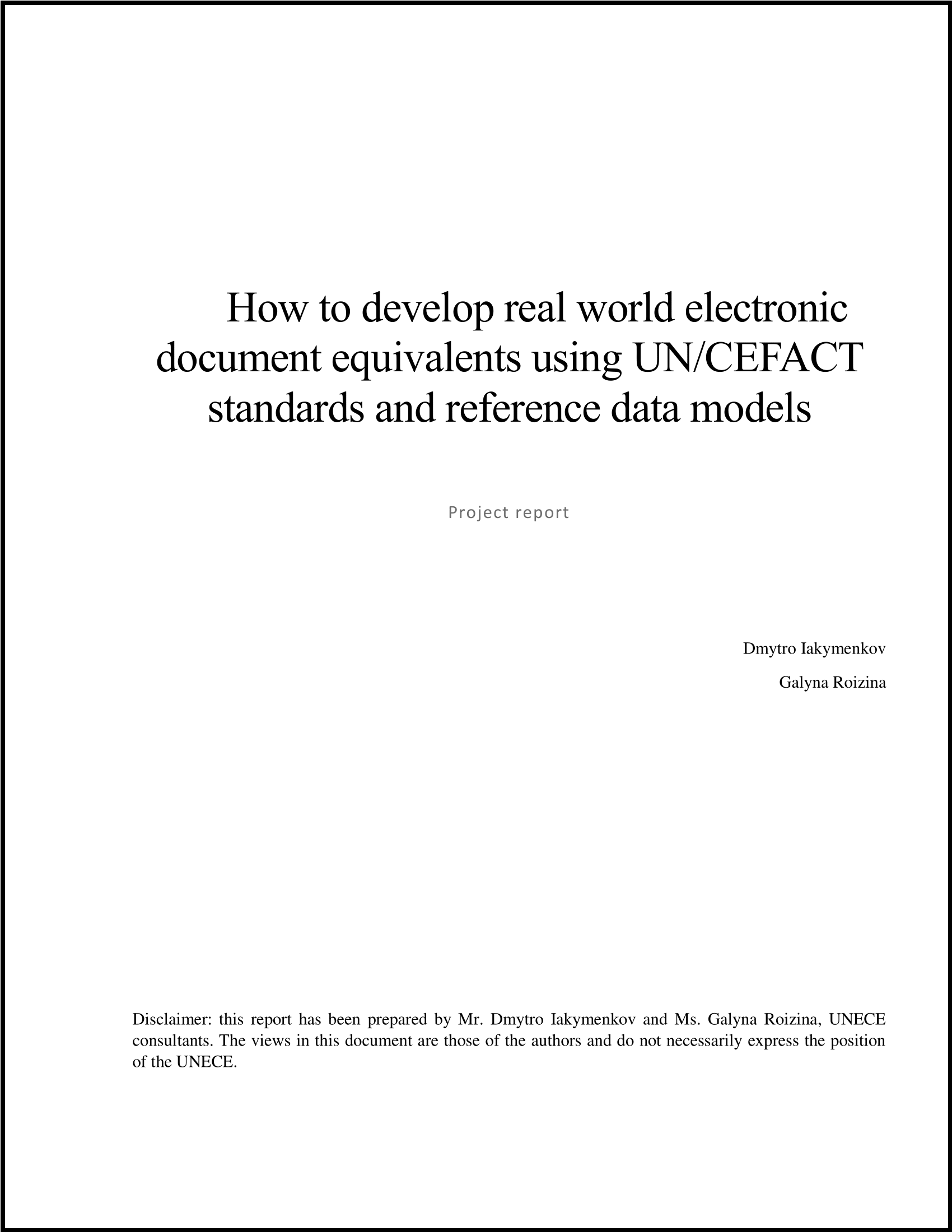
The digitalization of the supply chain is the dominant trend in international trade and transport at present and the main tool for facilitating trade procedures. Due to the essence of the supply chain as a process of interaction between many parties within many jurisdictions, ensuring interoperability plays a key role both in the supply chain and in the digitalization processes. In this regard, the development, maintenance and adoption of standards at the international level play an extremely important role. This explains the continued focus on standardization in trade and transport facilitation by UN institutions: notably, the United Nations Economic Commission for Europe (UNECE) and the United Nations Centre for Trade Facilitation and Electronic Business (UN/CEFACT).
The project was carried out in cooperation with the UNECE and UN/CEFACT as part of the response to the COVID-19 crisis. The work itself is a logical continuation of the initiatives reflected in the recommendations of the UNECE Odessa workshops in 2019 and 2020 and was aimed at developing digital multimodal transport corridors in order to harmonize and standardize data exchange in international transport, trade and logistics.
Ukraine, as a platform for conducting such assessments, is interesting in that 5 international transport corridors pass through it, connecting Europe and Asia. The project covers cargo flows in the context of the corridor passing through Ukraine, namely - the Black Sea - the Baltic Sea (passes through Ukraine, Belarus, Lithuania and Poland).